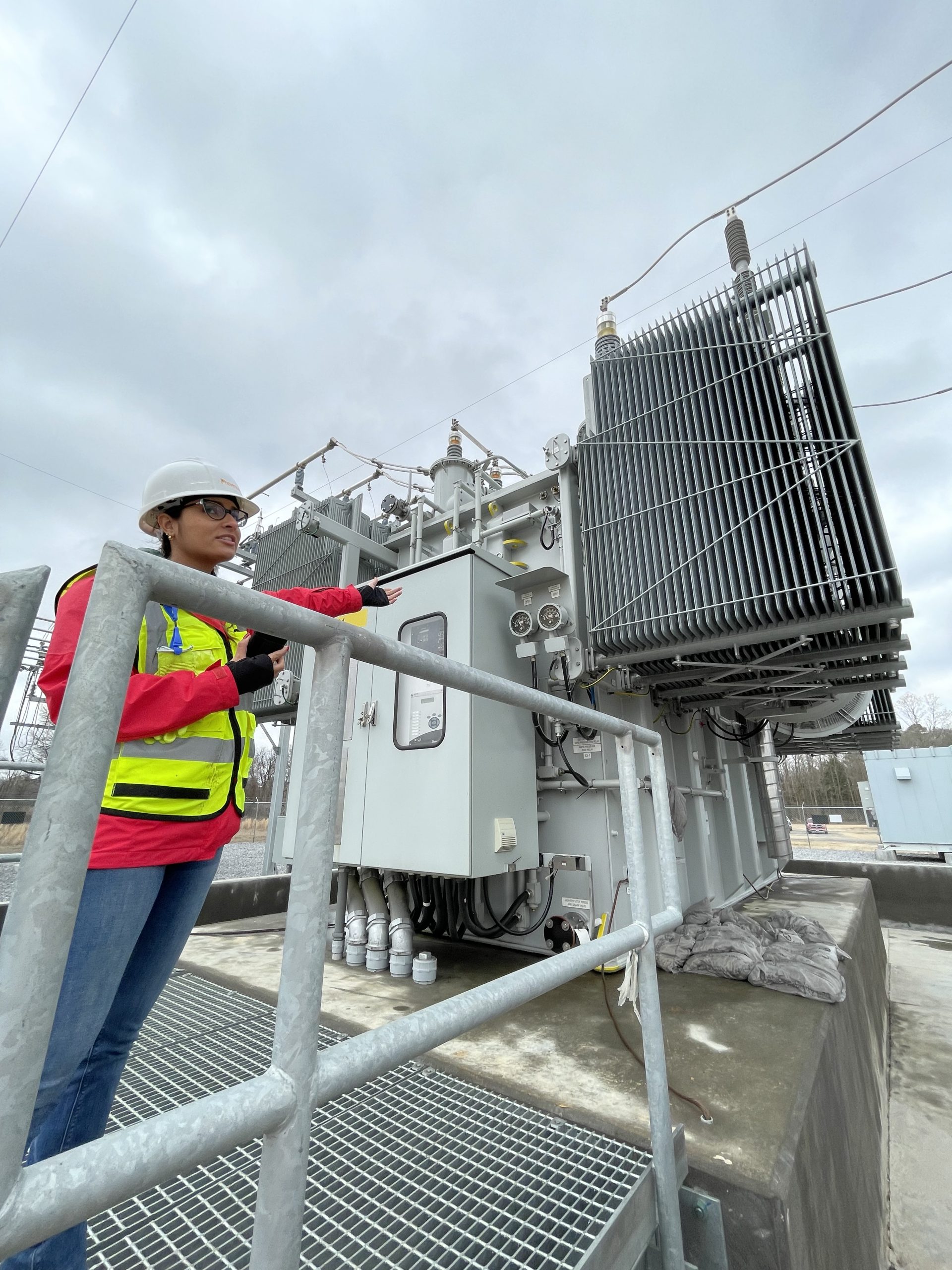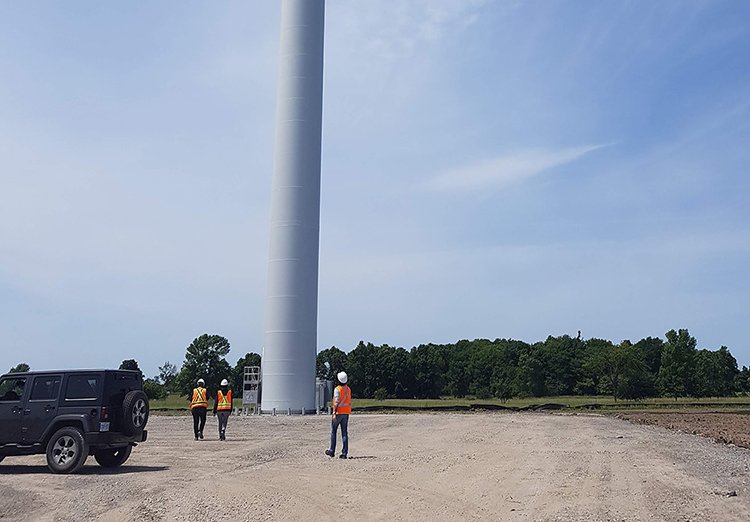Infrastructure Investments for Pension Funds

Key benefits of renewables and hybrid power projects – infrastructure investments
For infrastructure investments such as pension and insurance funds, stability and predictability of returns on investment are vital. As a strong infrastructure asset class, renewable energy gives that and more. When you know what to look for, it is relatively low-risk and can provide higher levels of predictable, long-term, inflation-linked cash flows and uncorrelated returns than more traditional sectors. These sectors have been subject to significant price volatility in recent years. Moreover, opportunities for investment in the renewables field are growing rapidly. The International Energy Agency forecasts that renewables will become the world’s main source of electricity, passing coal in the mid-2020s.
Thanks to the Paris Climate Agreement – with an estimated $1 trillion of investment required to achieve global decarbonization and energy goals – renewable energy infrastructure offers a considerable global opportunity to generate significant returns for pension fund investors. Benefits range from fund diversification to positive risk-adjusted returns and higher-yielding long-duration inflation-linked income streams. (Source: GFI report, Nov 2017: The Renewable energy infrastructure investment opportunity for UK pension funds.)
The right fit
As the report notes, there are a number of fundamental drivers for institutional investors when it comes to their investment portfolio requirements:
- Pension funds have to meet regular payments to their members; a liability which places a premium on stability and predictability over high returns.
- Pension and insurance funds generally have long-term liabilities of 20-50 years or more, reflecting legal obligations to pay pensions or insurance benefits to their members long into the future
- Inflation-linked and regular cash-flows – pension pay-outs are usually indexed to inflation making ‘annuity-like’ streams of inflation-linked cash yielding assets attractive.
The GFI’s findings “all suggest that renewables infrastructure is a valuable new asset class for long-term buy and hold investors” such as pension funds and life insurance companies. Canadian and Australian pension fund investors are already significant players in the market in comparison to their counterparts in other countries. And, yet, there remains significant scope to exploit the growing number of opportunities globally.
“It is clear that the growing market for renewable infrastructure is paving the way both for potentially substantial returns for institutional investors; and for a swifter, more affordable transition to a low-carbon economy,” the report says.
10 reasons renewable energy is the right choice for institutional investors like pension funds and insurance companies:
- With the right renewable energy project you can generate stable, long-term, low-risk predictable returns of at least 5-10%.
- Government and/or local regional state support frameworks and legislative requirements, such as fixed-term subsidy support and green energy purchase and/or generation requirements for utilities. They provide a long-term outlook and policy stability, particularly across Europe and North America.
- Sectors such as wind energy and solar power are now mature, both in terms of technology and project execution and operation expertise.
- Renewable energy infrastructure assets match institutional investors’ time horizons: Solar and wind farms operate for decades, with a known rate of annual degradation, and low, predictable operating costs. “Under various forms of power purchase agreements (PPAs) with governments or industrial consumers, where the buyer commits to a fixed (or inflation linked) offtake price, typically for 10 to 20 years. One can repay investments are with a reasonable level of profit and certainty,” says the GFI.
- The long-term PPAs attached to many renewable projects around the world have full or partial inflation linkage.
The rest of the key points
6. Electricity generated by large-scale renewable sources is now competitive with or cheaper than new fossil fuel power in many markets.
7. Onshore wind and solar PV account for a majority of global power sector investment and demand is increasing.
8. There is increased competition in the supply chain, which has helped to drive down technology costs.
9. Output from technologies such as wind and solar can be variable by the very nature of their energy source. But, modern methods of energy storage and demand-side management and the nature of long-term subsidy and additional market incentives means renewables are free of sudden price fluctuations. These had an impact on fossil fuel markets in recent years, enabling them to provide predictable long-term returns.
10. New markets with strong growth potential are opening up and new technologies are emerging for good investment opportunities. For example, India is a market on many investors’ radar because of “an exceptionally ambitious target to reach 175 GW of renewables by 2022” and strong support policies, notes the GFI report. Latin America and Africa also present significant opportunities, although as emerging markets risks can be greater than in more established markets in Europe and North America.
How to secure the best return?
Depending on risk appetite, there are various routes you can take to secure the best returns from the renewable energy sector. And, to take full advantage of the opportunities, as outlined above. You simply have to know what to look for and what to avoid. Infrastructure assets can include debt and equity, listed and unlisted assets. Meantime, investments can either be direct or indirect. For example, through dedicated infrastructure funds managed by professional managers. Again, it depends on things like risk appetite and liquidity needs. There really is no ‘one size fits all’ model for investment structure.
In addition, there are a number of different entry points within the project life cycle to consider. Each with its own level of risk and potential returns.
Entry point options
Should you opt for the development stage of the cycle? This is before construction even starts. Generally, it involves sourcing potential project sites, gaining planning permission, grid connections, permits, and available subsidies. Here, the investor’s costs are minimal but risks are relatively high. In fact, the risks revolve around failure to achieve any of the development stage objectives.
The construction stage of a project – preparation of construction plans, securing finance, and then completing the project build – could be a potentially better option and there are different entry points available. For renewables, it is this stage that typically accounts for the most significant proportion of total project cost. The associated risks are many and include delays and cost overruns. But, there is a possibility to minimize such risks. Or, one can avoid the institutional investor altogether. As GFI points out, to avoid these construction stage risks, investing at the completion stage is an option. In this way, another party can absorb the overrun, delay, and performance risks.
Additional key points
The other main entry points in a project’s life cycle. Once it becomes classified as an operating asset, which is when it has been operating for at least 12 months after the construction cycle is complete. Here, you could enter the initial operational phase when the price support system (PPA, subsidy) is still in place. Or, you can enter once that phase is over. In the first on these risks are minimal confined to operation and management of the assets. In the latter phase, risk rises as projects sell the electricity they generate on the wholesale market at the market or merchant price. However, capital expenditure at this latter stage usually gets fully paid off by this point. Overall, the operational asset phase is most likely the lowest-risk phase in a project’s life cycle for institutional investors.
Making the right choice to meet your long-term strategic goals really depends on a number of factors. Moreover, it requires the right expertise and thorough due diligence.
Not all projects are equal. Neither are the different markets or players in the field.
An understanding of the different markets and technologies, the opportunities, and what/where/who to avoid, along with the point on entry, is critical. With more than 50 years of combined experience in this sector, this is where Phoventus excel. And, where we can help.



